The long awaited day has arrived and yes, there is a lot to report. Of course there are tests for 10 games in two resolutions and 17 tests for workstation applications and studio apps – that will be a lot of output for me and tons of input for you. I had threatened you weeks ago a hot autumn, which has now arrived and I promise you on the following pages a quite hot product. Hot, because it is incredibly powerful and probably also because power comes from fuel. Nobody can reinvent physics, not even Meister Jensen. But you can get along with it perfectly and then something like this GeForce RTX 3080 Founders Edition comes out.
Without spoiling it in advance, because it should still read, the tests were worth it. Whether in the end it will be the Founders Edition or a board partner card, everyone has to decide for himself, his preferences, his fashionable taste and of course the filling level of the yellow bag or the domestic finance minister. If there are no hurdles, then cyberpunk 2077 is also welcome to come. And apart from that? today we’ll first discuss Nvidia’s GeForce RTX 3080 Founders Edition and what this card really represents. But of course NVIDIA can’t walk on water either, just a little. For the rest with the water we will be responsible later, I can promise that at least for me.
Just buy it? Maybe so, but first comes the Just read it! So first a few key data and superlatives. The heart of the GeForce RTX 3080 is the GA102-200 graphics processor. It is based on Samsung’s 8nm process node designed specifically for NVIDIA and has a total of 28 billion transistors. It measures just under 628 mm², which makes it the second largest gaming GPU ever produced directly under the Turing TU102 GPU. The new shader cores of the Ampere architecture are 2.7x faster, the new RT cores 1.7x faster, while the new Tensor cores are up to 2.7x faster than their counterparts on Turing GPUs. The RT core of the 2nd. The 3rd generation also delivers dedicated hardware-accelerated ray tracing performance and offers twice the intersection of rays/triangles while providing RT graphics and arithmetic operations.
For the GeForce RTX 3080, NVIDIA has enabled a total of 68 SM units on its flagship, resulting in a total of 8704 CUDA cores. In addition to CUDA cores, NVIDIA’s GeForce RTX 3080 is also equipped with next-generation RT cores (ray tracing), Tensor cores, and brand new SM or streaming multiprocessor units. In terms of memory, the GeForce RTX 3080 is equipped with 10GB of GDDR6X memory that can deliver memory speeds of 19.0Gbps. Together with a 320 bit interface this will provide a cumulative bandwidth of 760 Gbps.
The GeForce RTX 3080 Founders Edition
Theory, well, you like to take it with you, but now it goes straight to the heart of the matter. The case of the card is a pretty clever mix of light metal, plastic and hardware, which feels great and valuable and also looks good. The design with the 3.8 cm installation depth and the 4 mm backplate makes this card a straight dual-slot design with all known advantages and disadvantages. You can love it or hate it, but it doesn’t scare off in the form of this graphics card, despite the power consumption that has to be handled.
With 1352 grams, the card is by no means a flyweight, which is also due to the cooler and the very massive construction. The length of 28.5 cm is moderate and the installation height of 10.5 cm from the upper edge of the PCIe slot with installed card to the top of the cover is nothing to be afraid of. The funny 12-pin Micro-Fit 3.0 on the top is bevelled by 45° and points slightly backwards. Here you can connect the included 12-pin adapter to which the two conventional 6+2-pin plugs fit, which you have known for years. You will see the board on the next page and understand why it had to be this way. Form follows Function, or something. You can find more details about the cooler design there.
NVIDIA again dispenses with the USB Type C on the slot panel, probably also because the VR hype has cooled down considerably in the meantime. Interestingly, AMD will re-record this feature on Big Navi, while it seems to have already finished here. The HDMI connection shouldn’t be missing, the three DisplayPorts of course. The large cooling openings show where the wind is blowing from and with that we would be completely finished with the exterior.
The data of the Founders Edition is shown again in the current GPU-Z screenshot, the rest I already mentioned above. The 1440 MHz base and the 1710 MHz boost clock are already as well known as the 1188 MHz memory clock and the memory expansion with 10 GB at the 320-bit interphase.
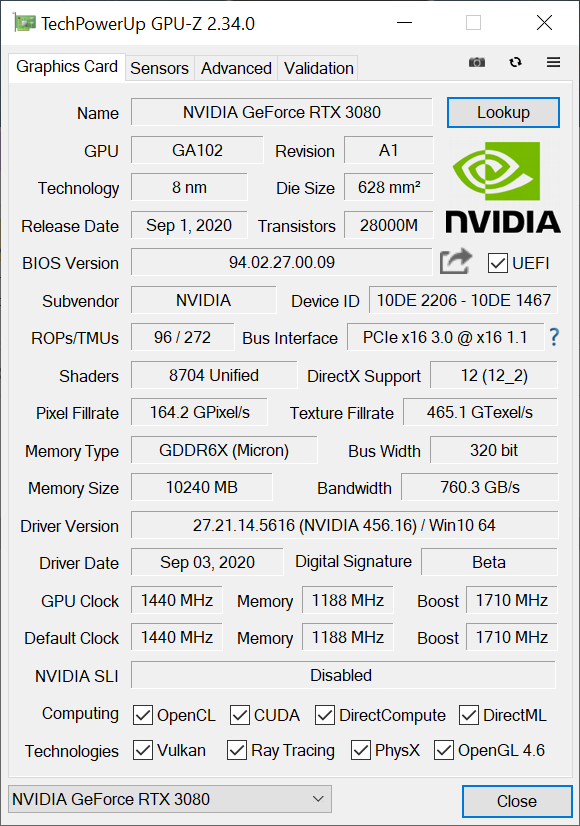
In direct comparison to the other new cards, the RTX 3080 with the 3090 is at the top end of the food chain and the performance-related distance of the 699 euro card to the 1499 euro expensive GeForce RTX 3090 is significantly smaller than the price difference. Here I also have a table for all statisticians among you, before it really gets going on the next page.
| GeForce RTX 3060 (Ti) | GeForce RTX 3070 | GeForce RTX 3080 | GeForce RTX 3090 | |
|---|---|---|---|---|
| GPU | GA104-200 | GA104-300 | GA102-200 | GA102-300 |
| Process node | Samsung 8nm | Samsung 8nm | Samsung 8nm | Samsung 8nm |
| The Size | 395.2 mm2 | 395.2 mm2 | 628.4 mm2 | 628.4 mm2 |
| Transistors | 17.4 billion | 17.4 billion | 28 billion | 28 billion |
| CUDA Cores | 4864 | 5888 | 8704 | 10496 |
| TMUs/ROPs | TBA | TBA | 272 / 96 | TBA |
| Tensor/RT | 152 / 38 | 184 / 46 | 272 / 68 | 328 / 82 |
| Basic Cycle |
TBA | 1500 MHz | 1440 MHz | 1400 MHz |
| Boost Clock |
TBA | 1730 MHz | 1710 MHz | 1700 MHz |
| FP32 Compute | TBA | 20 TFLOPs | 30 TFLOPs | 36 TFLOPs |
| RT TFLOPs | TBA | 40 TFLOPs | 58 TFLOPs | 69 TFLOPs |
| Tensor-TOPs | TBA | 163 TOPs | 238 TOPs | 285 TOPs |
| Memory | 8 GB GDDR6 | 8 GDDR6 | 10 GB GDDR6X | 24 GB GDDR6X |
| Interface | 256-bit | 256-bit | 320-bit | 384-bit |
| Throughput | 14 Gbps | 14 Gbps | 19 Gbps | 19.5 Gbps |
| Bandwidth | 448 Gbps | 448 Gbps | 760 Gbps | 936 Gbps |
| TGP | 180W? | 220W | 320W | 350W |
| Launch | 10/2020 ? | 15.10.2020 | 17.09.2020 | 24.09.2020 |
Test system and evaluation software
The benchmark system is new and is now no longer in the lab, but back in the editing room. I now also rely on PCIe 4.0, the matching X570 motherboard in the form of a MSI MEG X570 Godlike and a selected Ryzen 9 3900XT, which is water cooled and overclocked up to 4.5 GHz. In addition, there is the matching DDR4 3600 RAM from G.KILL in the form of the TridentZ Neo, as well as several fast NVMe SSDs. For direct logging during all games and applications I use NVIDIA’s PCAD, which increases the comfort immensely.
The measurement of the power consumption and other things is done here in a special laboratory on a redundant and identical in every detail test system then double-tracked by high resolution oscillograph technology…
…and the self-created, MCU-based test setup for motherboard graphics cards (pictures below), where at the end the thermographic infrared images are taken with a high-resolution industrial camera in an air-conditioned room. The audio measurements are done outside in my chamber.
I have also summarized the individual components of the test system in tabular form:
| Test System and Equipment |
|
|---|---|
| Hardware: |
AMD Ryzen 9 3900XT @4.5 GHz MSI MEG X570 Godlike 2x 16 GB G.SKILL TridentZ Neo RGB DDR4 3600, CL 1x 2 TByte Aorus (NVMe System SSD, PCIe Gen. 4) 1x 500 GB Toshiba RC500 1x Seagate FastSSD Portable USB-C Seasonic Prime 1300 Watt Titanium PSU |
| Cooling: |
Alphacool ice block XPX Pr oAlphacool Ice Grinder (modifie d)Thermal Grizzly Kryonaut |
| Case: |
Raijintek Paean |
| Monitor: | BenQ PD3220U |
| Power Consumption: |
Oscilloscope-based system: Non-contact direct current measurement on PCIe slot (riser card) Non-contact direct current measurement at the external PCIe power supply Direct voltage measurement at the respective connectors and at the power supply unit 2x Rohde & Schwarz HMO 3054, 500 MHz multichannel oscilloscope with memory function 4x Rohde & Schwarz HZO50, current clamp adapter (1 mA to 30 A, 100 KHz, DC) 4x Rohde & Schwarz HZ355, sample (10:1, 500 MHz) 1x Rohde & Schwarz HMC 8012, HiRes digital multimeter with memory function MCU-based shunt measuring (own build, Powenetics software) NVIDIA PCAT and FrameView 1.1 |
| Thermal imager: |
1x Optris PI640 + 2x Xi400 Thermal Imagers Pix Connect Software Type K Class 1 thermal sensors (up to 4 channels) |
| Acoustics: |
NTI Audio M2211 (with calibration file) Steinberg UR12 (with phantom power for the microphones) Creative X7, Smaart v.7 Own anechoic chamber, 3.5 x 1.8 x 2.2 m (LxDxH) Axial measurements, perpendicular to the centre of the sound source(s), measuring distance 50 cm Noise emission in dBA (slow) as RTA measurement Frequency spectrum as graphic |
| OS: | Windows 10 Pro (2004, all updates, current certified drivers, NVIDIA press driver R456) |
- 1 - Introduction, Unboxing and Test System
- 2 - Teardown, PCB analysis and Cooler
- 3 - Gaming Performance: WQHD and Full-HD with RTX On
- 4 - Gaming Performance: Ultra-HD with and without DLSS
- 5 - FPS, Percentiles, Frame Time & Variances
- 6 - Frame Times vs. Power Comsumption
- 7 - Workstation: CAD
- 8 - Studio: Rendering
- 9 - Studio: Video & Picture Editing
- 10 - Power Consumption: GPU and CPU in all Games
- 11 - Power Consumption: Efficiency in Detail
- 12 - Power Consumption: Summary, Transient Analysis and PSU Recomendation
- 13 - Temperatures and Thermal Imaging
- 14 - Noise and Sound Analysis
- 15 - NVIDIA Broadcast - more than a Gimmick?
- 16 - Summary, Conlusion and Verdict














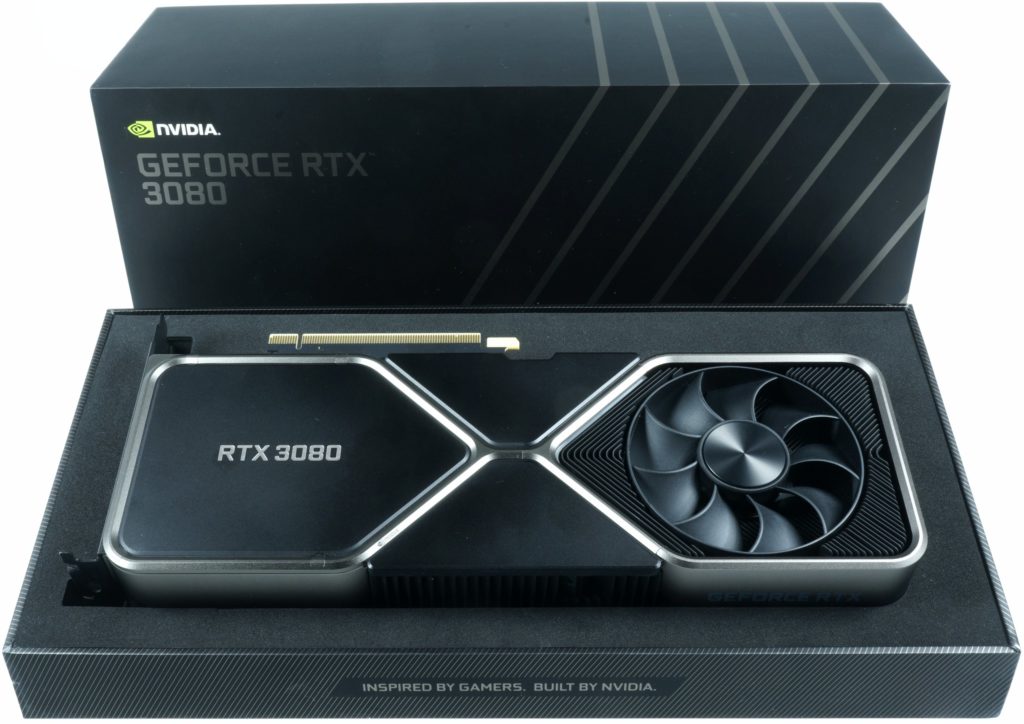
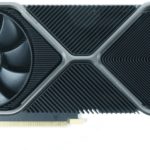
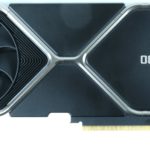
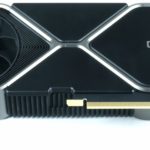
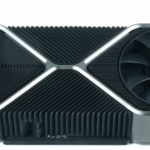
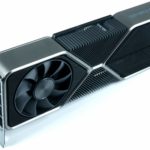
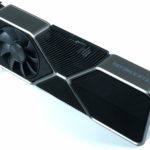
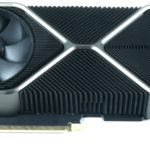
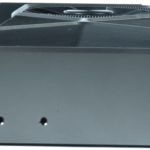


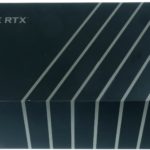


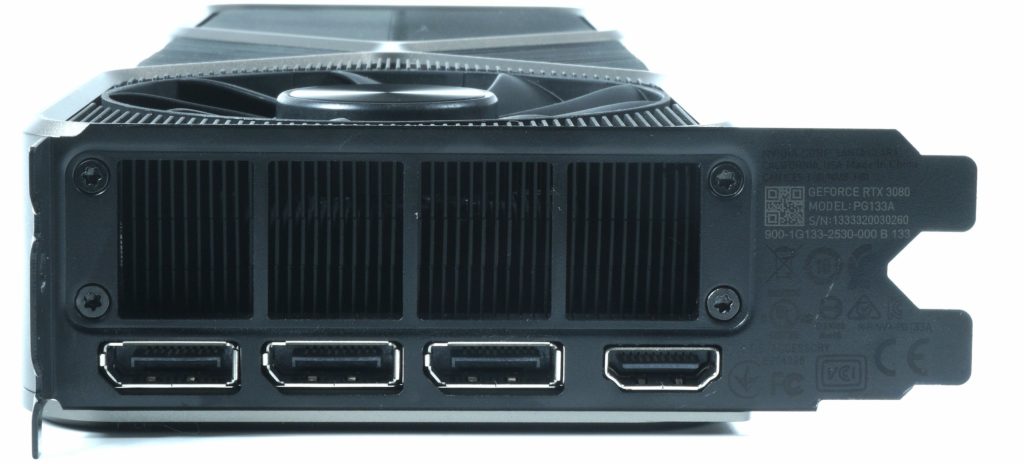
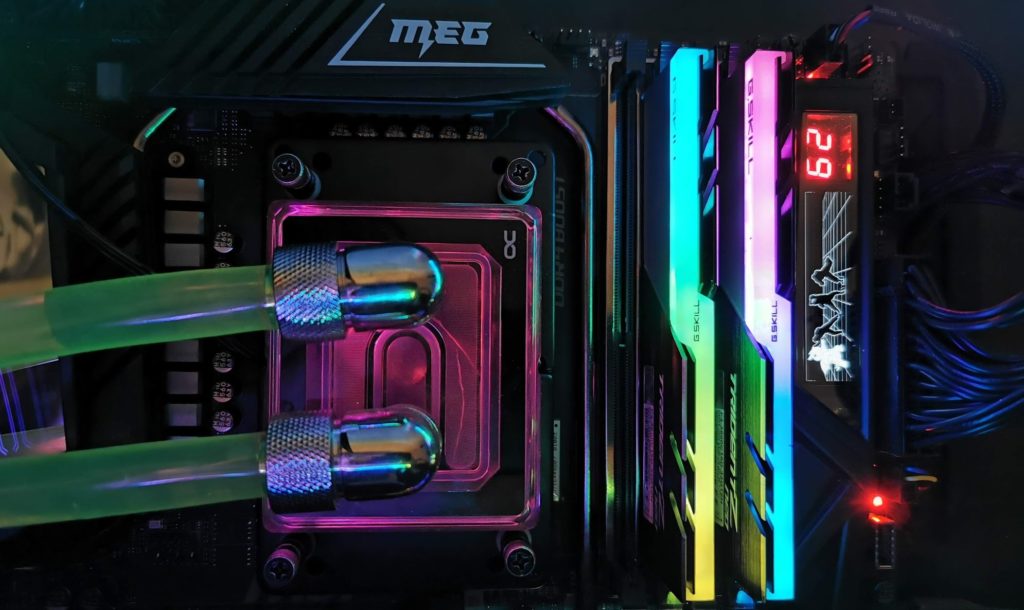
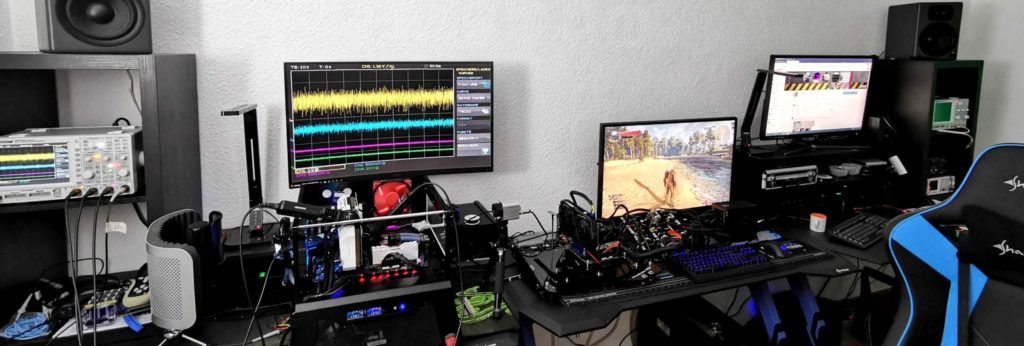
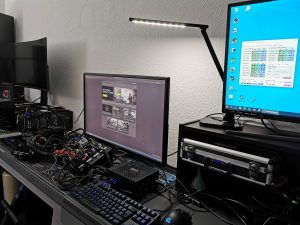
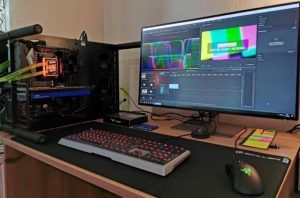
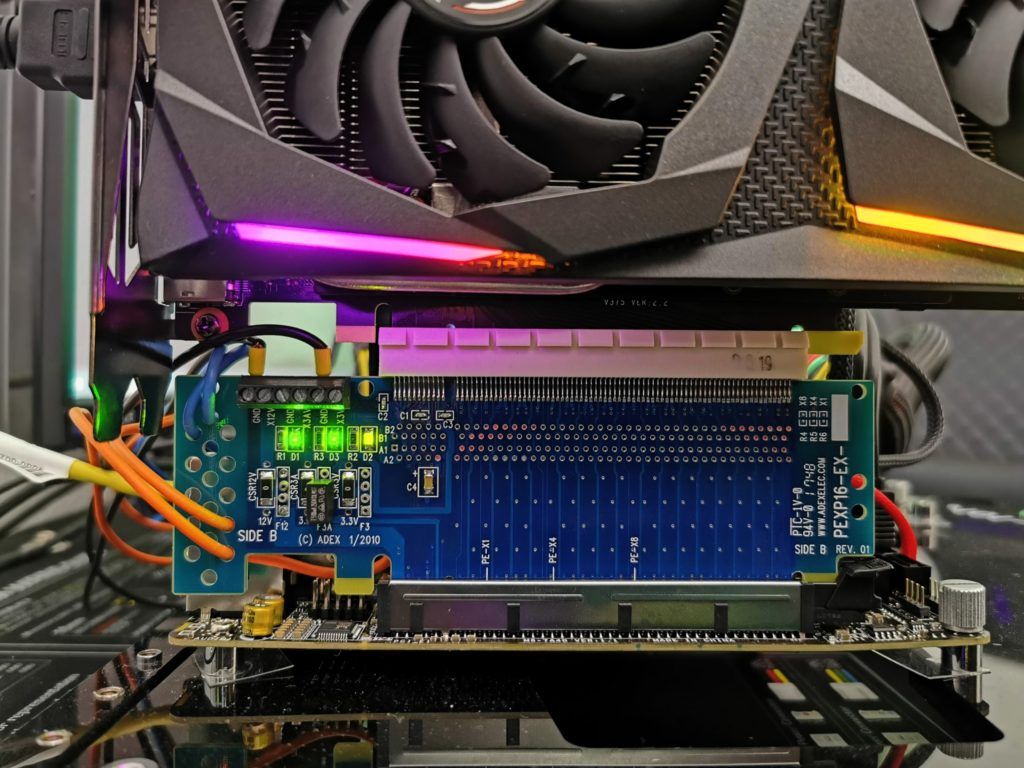



















Kommentieren